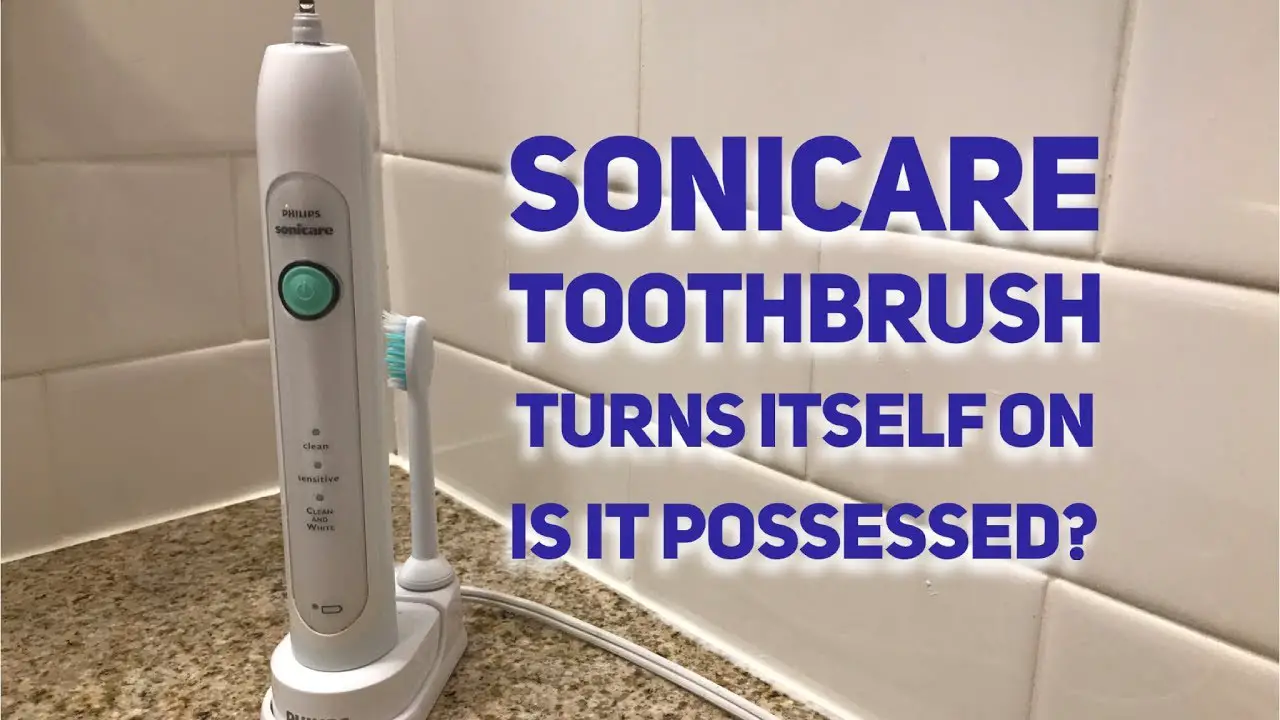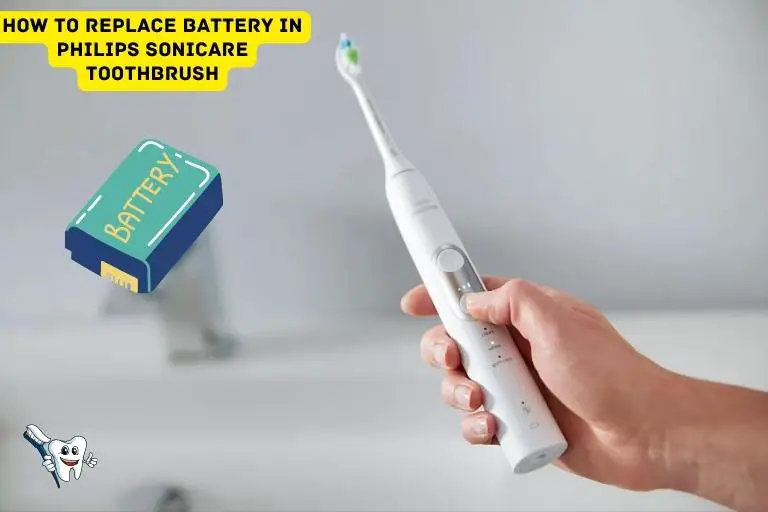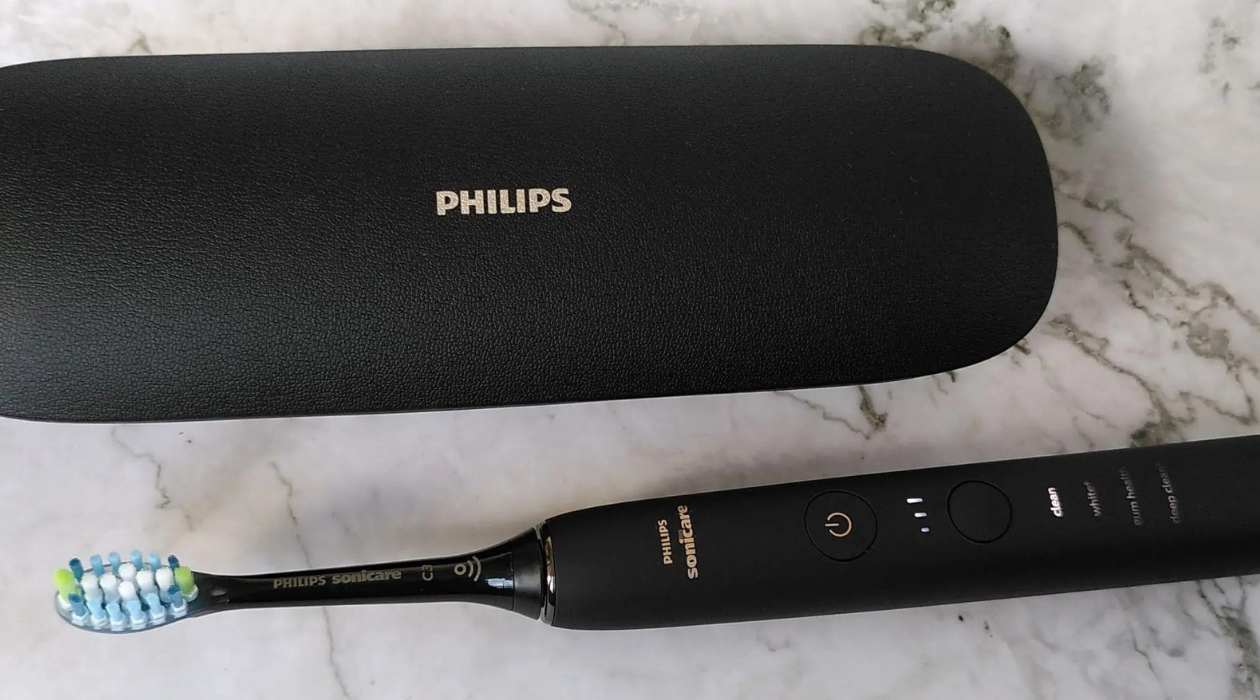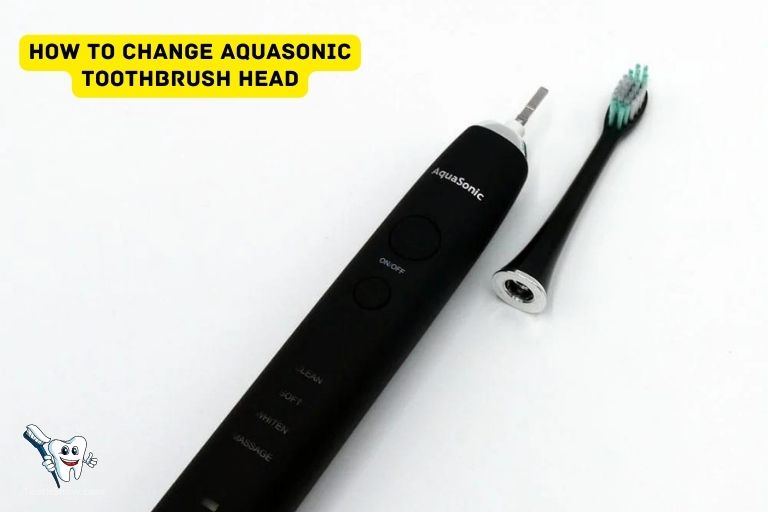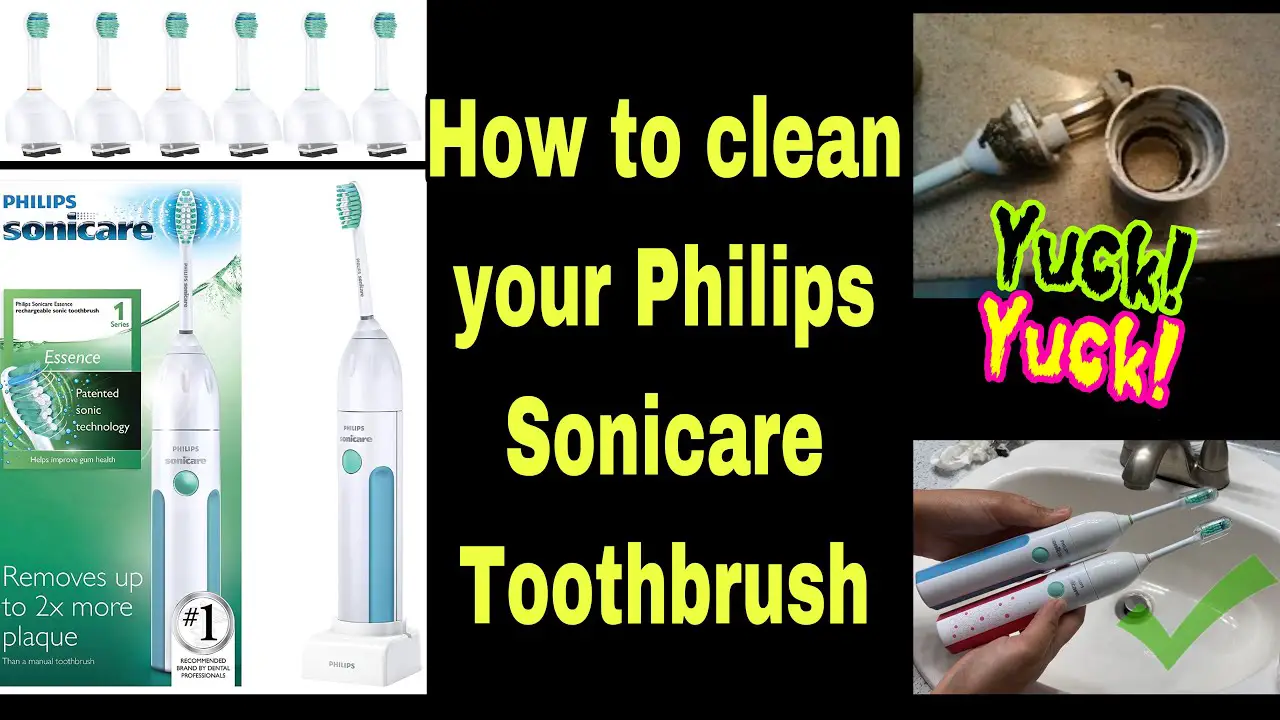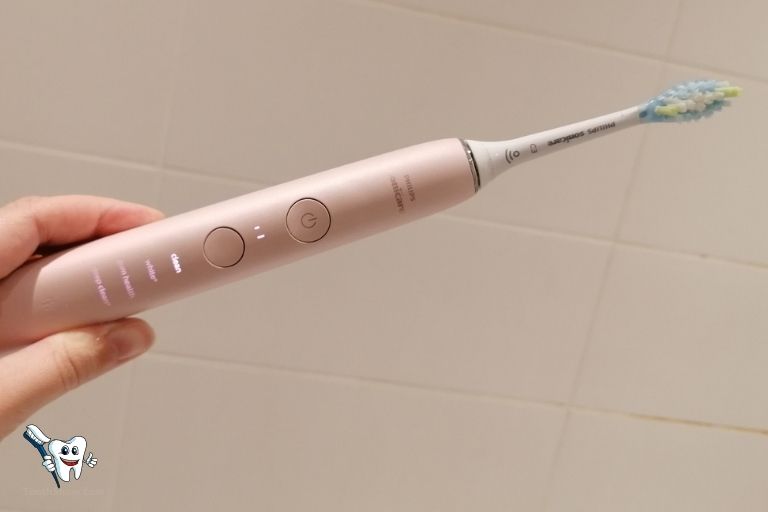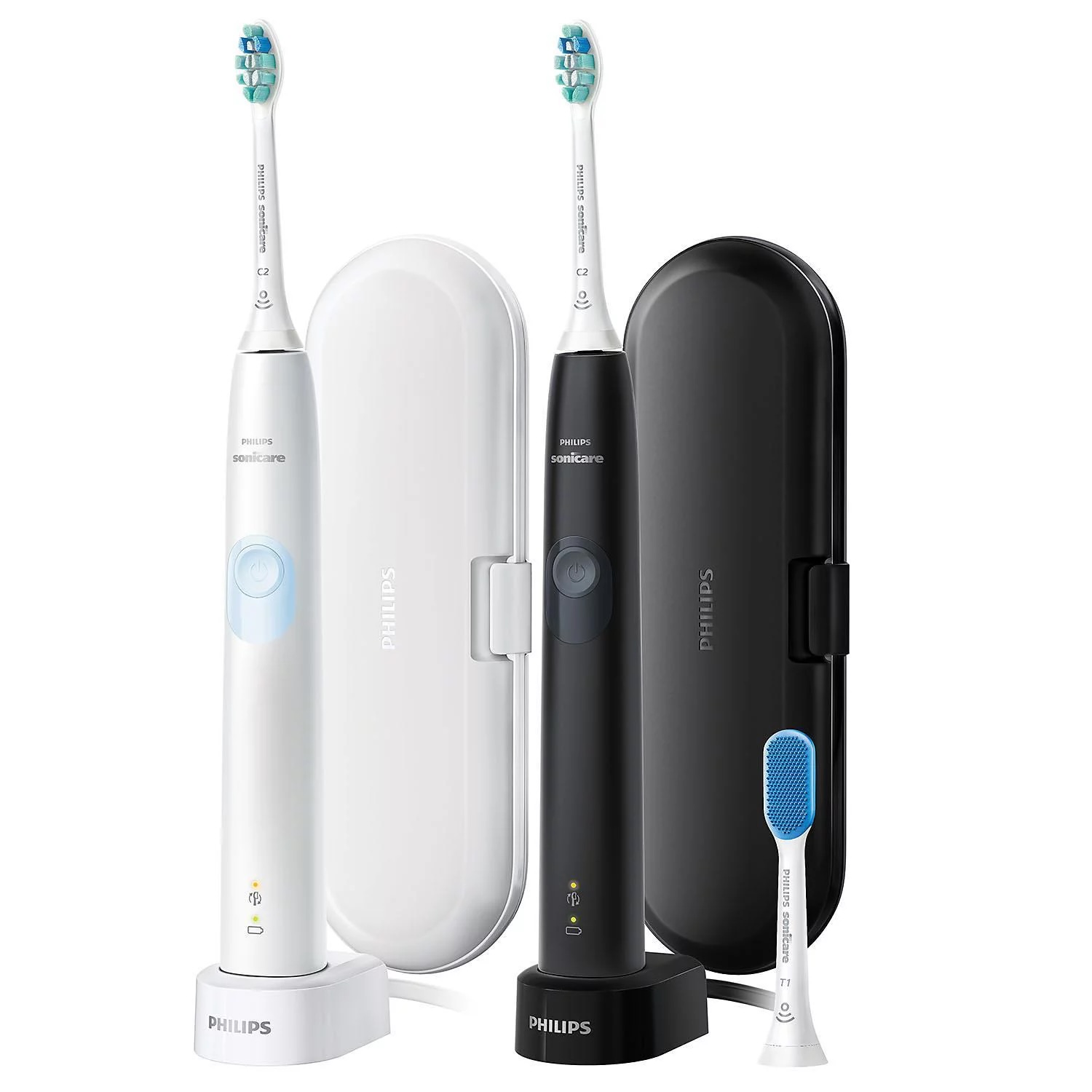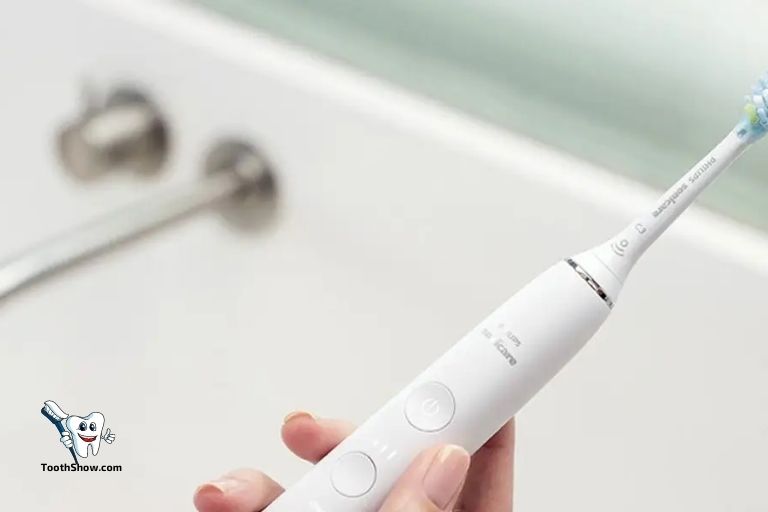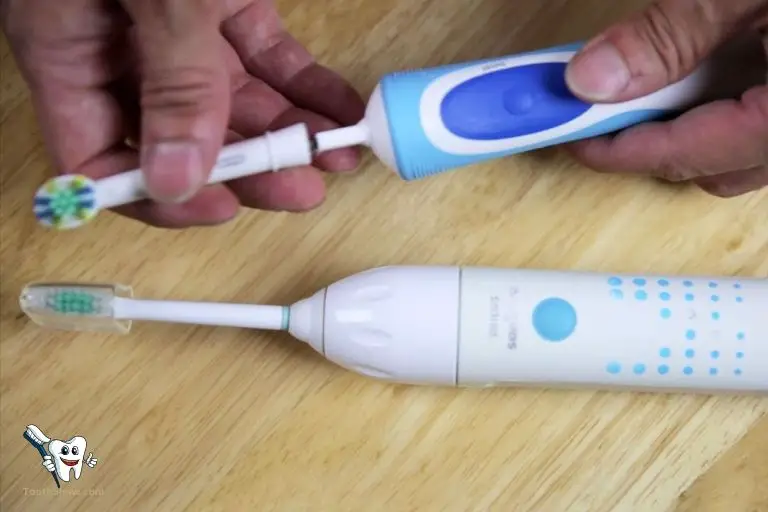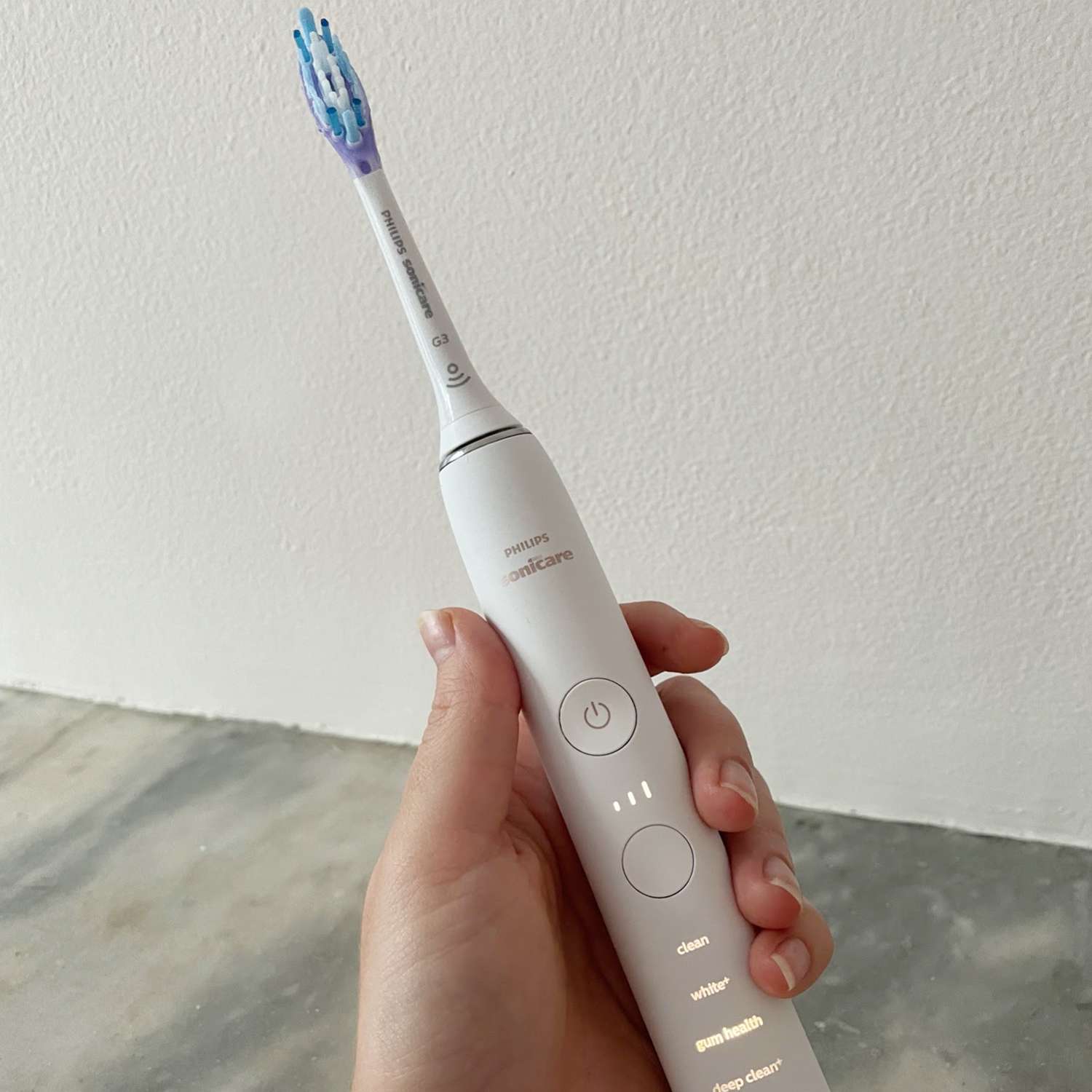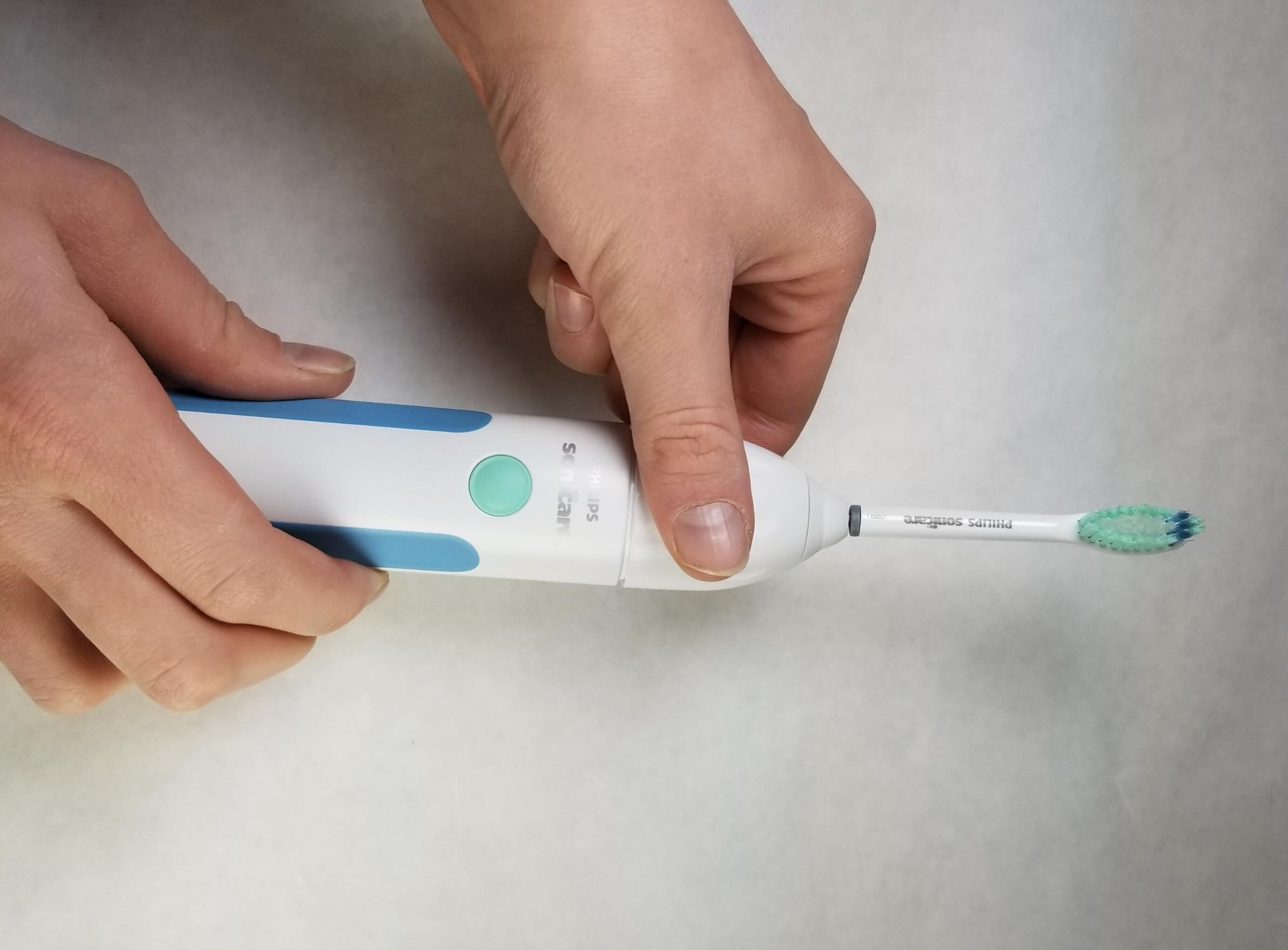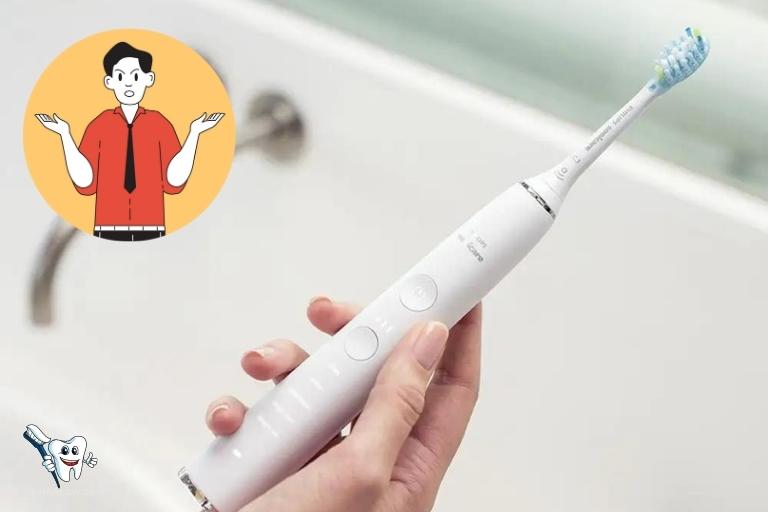How To Fix My Philips Sonicare Toothbrush
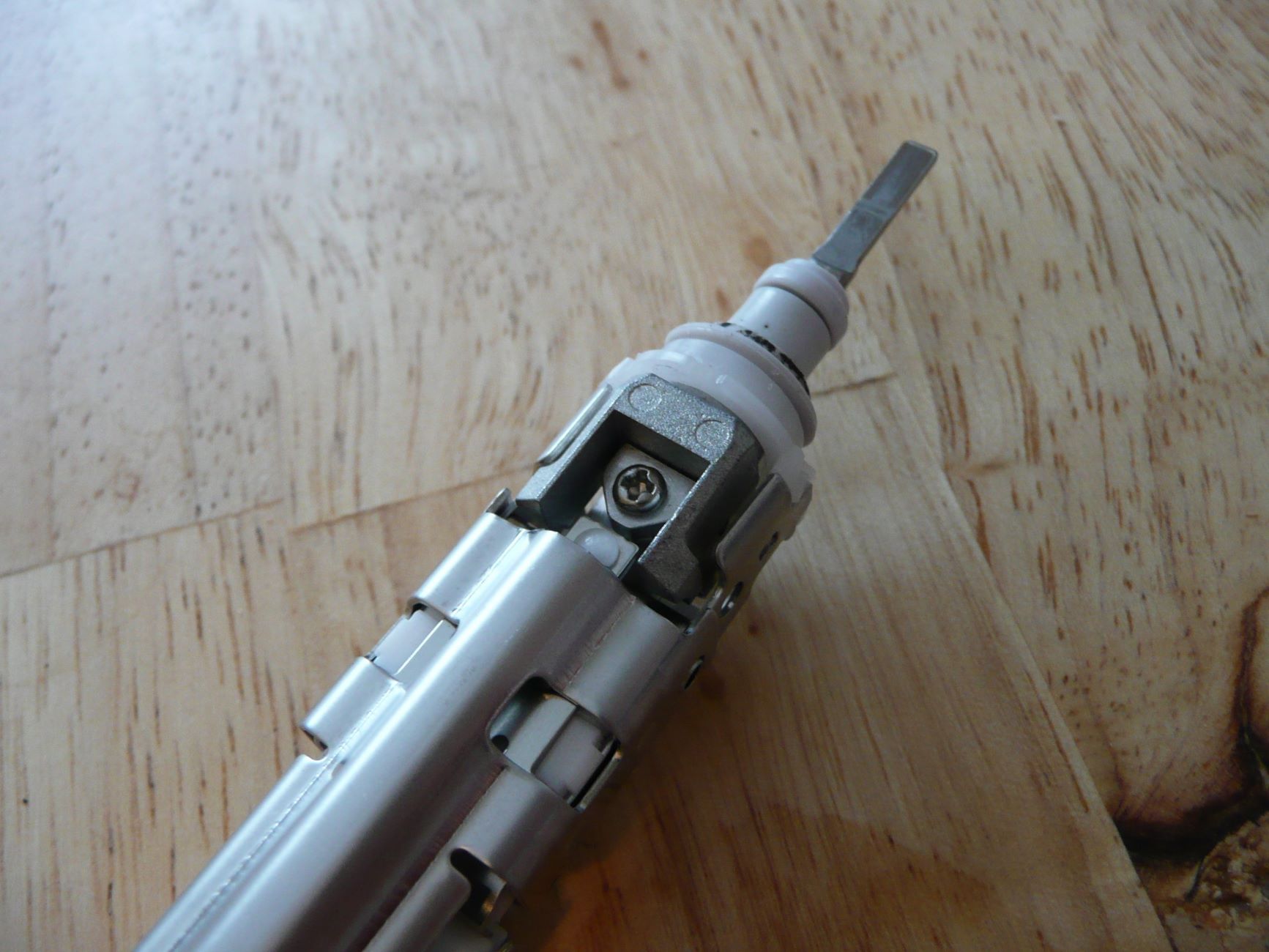
Imagine this: it's Monday morning, you're bleary-eyed, and you reach for your trusty Philips Sonicare toothbrush, ready to banish the remnants of last night's pizza. But instead of the familiar hum of oscillating bristles, you're met with silence. A wave of disappointment washes over you. Don't panic! Your oral hygiene routine isn't doomed.
This article will guide you through troubleshooting common Philips Sonicare toothbrush issues. We'll cover everything from charging problems to button malfunctions, empowering you to revive your beloved toothbrush and keep your smile sparkling. Let's get started!
Understanding Your Sonicare
Philips Sonicare toothbrushes are renowned for their innovative sonic technology. These toothbrushes use high-frequency vibrations to create microbubbles that reach deep between teeth and along the gumline. This advanced cleaning action promotes better oral health compared to manual brushing.
However, like all electronic devices, Sonicare toothbrushes can sometimes experience technical hiccups. Understanding the common culprits behind these issues is the first step towards a successful fix. Let's explore some frequent problems and their solutions.
Common Issues and Troubleshooting Steps
Charging Woes: Is it the Brush or the Charger? A non-charging Sonicare is a frequent complaint. First, ensure the outlet is working by plugging in another device. If the outlet is fine, examine the charging base for any signs of damage or debris.
Clean the charging base with a dry cloth to remove any residue that might be interfering with the connection. Then, try a different charging base if you have one available. If still not charging, consider a replacement charger might be needed.
Power Button Problems: Stuck or Unresponsive? A sticky or unresponsive power button can be frustrating. Check for toothpaste buildup around the button. Use a damp (not soaked!) cloth to gently clean around the power button, avoiding excessive moisture.
If the button is physically stuck, try gently wiggling it to dislodge any debris. If these measures fail, consider that the internal button mechanism might be faulty, possibly warranting professional repair or a replacement toothbrush.
Brush Head Blues: Loose or Detached? A loose or detached brush head compromises cleaning effectiveness. Ensure the brush head is properly attached and clicked into place. If the brush head continues to detach easily, it might be worn out and require replacement.
Philips recommends replacing brush heads every three months for optimal performance. Using a worn brush head reduces its cleaning efficacy and could potentially damage your gums.
Strange Sounds or Vibrations: A Cause for Concern? Unusual noises or weakened vibrations can indicate internal component issues. Ensure the brush head is securely attached, as a loose head can cause vibrations. If the problem persists, it might be due to a failing motor or other internal damage.
Battery Life Degradation: Is it Time for a New One? Over time, the battery life of your Sonicare toothbrush may diminish. This is a natural consequence of battery aging. If your toothbrush no longer holds a charge for a reasonable duration, consider replacing the entire toothbrush. Extended use beyond its lifespan can affect its performance.
Seeking Professional Help
If you've exhausted all troubleshooting steps and your Philips Sonicare toothbrush remains dysfunctional, it might be time to seek professional help. Check your toothbrush's warranty status. Many Sonicare models come with a two-year warranty that covers manufacturing defects.
Contact Philips customer support for assistance or repair options. Before contacting support, have your toothbrush model number and purchase date handy. This will streamline the troubleshooting process.
"Prevention is always better than cure," Philips often emphasizes the importance of regular maintenance to extend the lifespan of their products.Regular cleaning, proper charging habits, and timely brush head replacements can significantly reduce the likelihood of encountering problems.
Conclusion: A Bright Smile, One Step at a Time
Dealing with a malfunctioning toothbrush can be a minor setback. But by following these troubleshooting steps, you can often resolve common issues and restore your Sonicare to its former glory. Remember, a little patience and a proactive approach can save you time and money.
And if all else fails, remember that investing in a new toothbrush is an investment in your oral health, ensuring a bright and healthy smile for years to come. Good luck and happy brushing!
